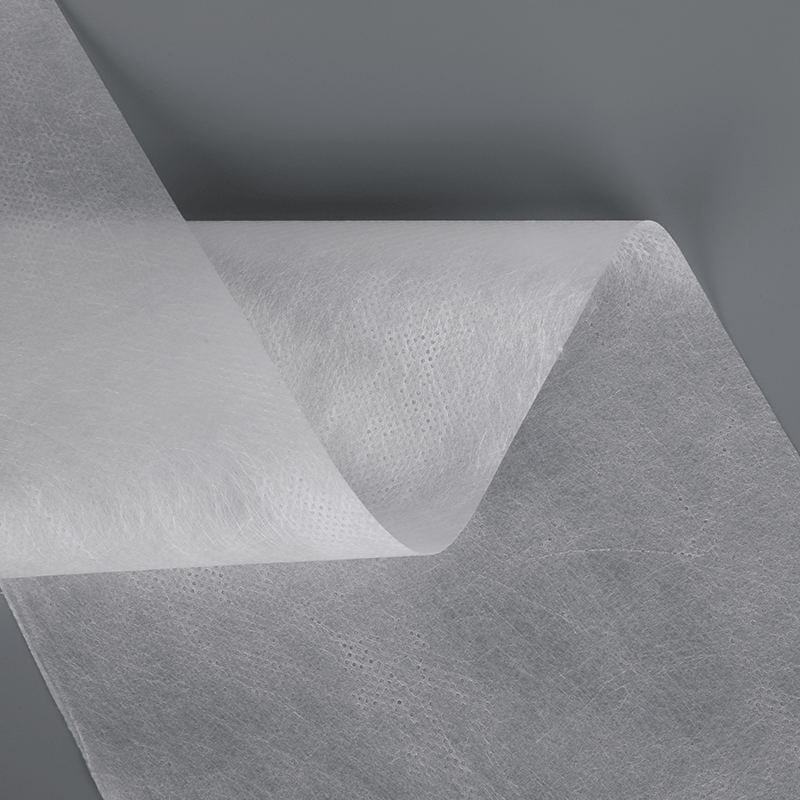Polylactic acid (PLA) is an organic material with a wide range of applications. It is used in a variety of industries including healthcare, home textiles, and packaging. Some of the major advantages of PLA are that it is biodegradable, environmentally friendly, and highly resistant to microbial growth.
Biodegradability is important when considering plastics for use in disposable products. A growing number of nonwoven manufacturers are also considering using polylactic acid in their product line. Among these nonwovens are diapers, sanitary napkins, and wipes. Using biodegradable materials in disposable items makes them more eco-friendly, while providing an inexpensive alternative to petroleum-based plastics.
The primary raw material for PLA is lactic acid, which is found in many plants such as corn, sugar cane, and cassava. Because of the abundance of these natural materials, the production process for PLA is nearly pollution free. In addition, the melting point of PLA is higher than that of PET, making it more wettable. Moreover, the combustion heat of PLA is about one-third of that of polyethylene. This makes it possible to use PLA as an acquisition layer fiber.
While PLA has some advantages, its processing needs to be improved. Besides, the chemical structure of the substance is not ideal for certain applications, such as applications that require toughness. Additionally, a high melting point may be impractical, and some performance-related additives can make it difficult to degrade. Therefore, PLA must be carefully chosen for the application it is most suitable for.
Although PLA does not produce toxic gas when burned, it does not have the same strength as cellulose and polyester. It is not tough enough for certain applications, such as car seat covers. Likewise, its hydrolytic stability is borderline for textile applications.
Another advantage of PLA is that it is a renewable resource. As with corn and other agricultural products, it has gained considerable attention in the international textile industry. And because of its versatility, it has the potential to replace both polyester and cotton in many applications.
One of the key advantages of PLA nonwovens is that it is completely biodegradable. Unlike PP and PET, which are not biodegradable, PLA will break down into carbon dioxide and water, which are not harmful to the environment.
Polylactic acid nonwoven fabric is ideal for personal hygiene items and medical gowns. Its moisture-absorbing capacity is also strong, and it has good air permeability. Moreover, it does not produce any nitric oxide. Ultimately, it can help reduce waste while providing comfort to users.
For many years, the main market for PLA was for extrusion-grade resin, which is commonly used to package fresh fruits and vegetables in supermarkets. More recently, however, PLA's marketing focus has been shifting toward higher-value applications. Specifically, it is being developed into a disposable wipe. Several other applications, such as wound care dressings, have also been developed.
In fact, PLA has already been widely used in the medical field for almost thirty years. The United States Marine Corps, for instance, has developed a boot drying system that uses PLA. And the Nonwovens Institute at North Carolina State University is examining the potential for PLA applications in the future.
